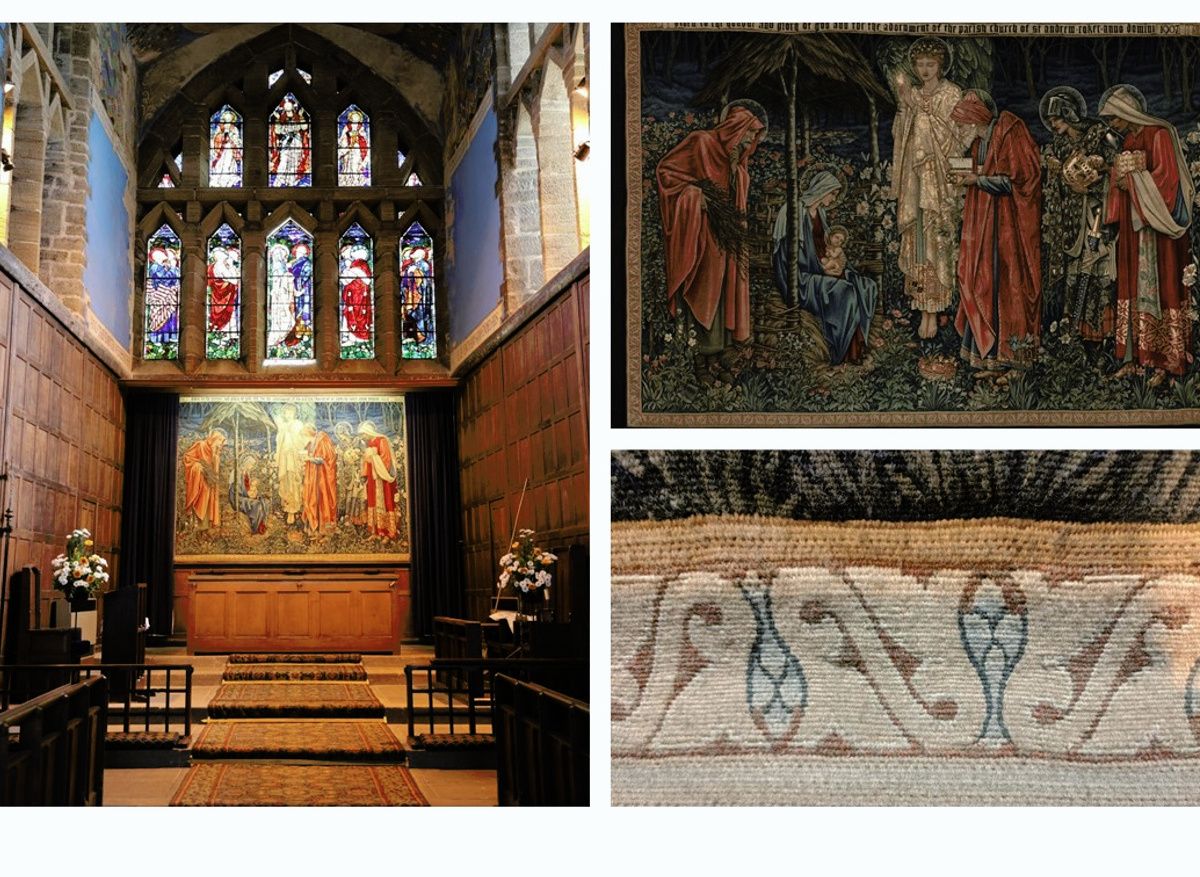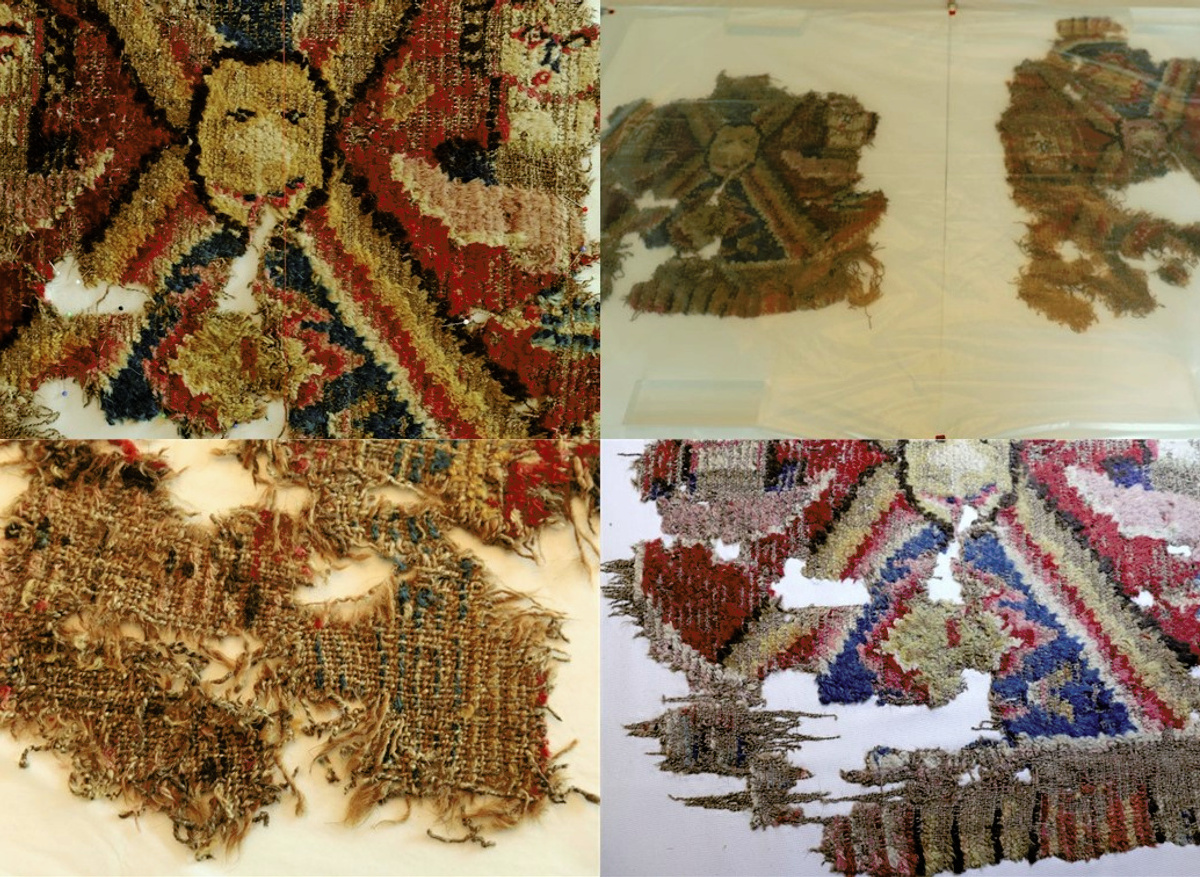I have been running Janie Lightfoot Textiles, Conservation and Restoration Studio for over 40 years. I am an accredited conservator and have worked extensively in the public and private sector, both nationally and internationally, including recent projects in South Africa, Kuwait, Albania and India.
I act as a consultant to several major institutions, am an associate lecturer at University of the Arts London, a frequent speaker at conservation and textile conferences and an Icon accredited assessor for the Association of Independent Museums-AIM Collection and Care Grant Scheme funded by the Pilgrim Trust.
The studio has a long history with working with National and International Museums, Heritage Houses, Textile Dealers, Auction Houses, Private Owners, Collectors, Collections, Palaces and the Church.
Based in North West London I run a fully equipped studio, with a team of 8 conservators, with a broad skill base, allowing us to take on a wide spectrum of projects, ranging from large 3-dimensional textiles to fine intricate items.
I have long-standing relationships with textile students and local schools.The extensive studio textile collection is made accessible to students and interns both in the UK and throughout the world. These internships can be from one to three months duration.encouraging the development of conservation skills for the future. Alongside my conservation work I write and give lectures, draft articles and book reviews.


